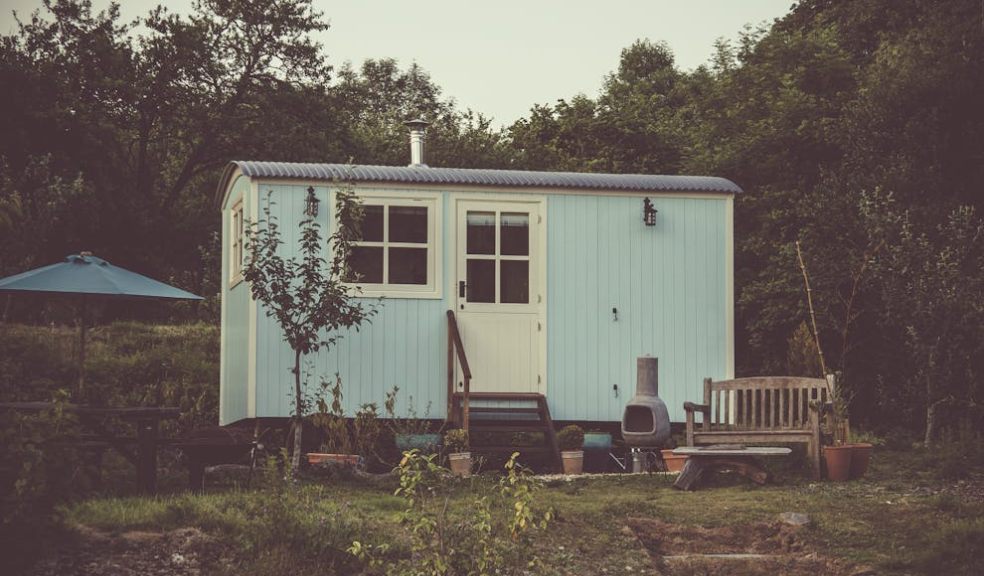
The Rise of Shipping Container Homes: A New Housing Trend
Lately, one rare housing solution has drawn attention from all over the world. Shipping containers for residential purposes are on the rise because they are cheaper and can be assembled faster than traditional houses. This new way of providing homes is transforming the current perception of construction and promoting eco-friendly lives.
The Growing Appeal of Container Homes
Before now, people walked into physical locations to bet on sports. Now, you can press here and bet online. This is the kind of change we are also seeing with container houses. Shipping container houses are also called container homes. These old yet strong steel containers, initially used for ferrying various goods across different countries worldwide, are increasingly being used as homes. This idea has crossed borders, as seen in Australia and even in Europe, in places like Spain and Britain.
One thing that makes container homes popular is that they are relatively cheap to build. Their costs are far lower than those of standard housing units. Homeowners may spend as little as €800 per m2, which sells everyone the dream of owning a house. Those facing housing budget constraints are mesmerized by this aspect as it doesn't require them to change their lifestyle.
Container homes are also constructed fast. Unlike regular houses, which can take a full year or more to complete, a container home can be completed in just three to five months. This swift assembly makes them appealing to persons who require quick housing, including emergency cases or temporary residences.
Sustainability and Versatility
Container homes align well with the growing focus on sustainability and circular economy principles. By repurposing used shipping containers, this housing method gives new life to materials that might otherwise go to waste. Many container home owners also incorporate renewable energy systems like solar panels or rainwater collection, further enhancing their eco-friendly appeal.
The versatility of container homes is another key selling point. These modular units can be combined in various ways to create unique designs. From single-story dwellings to multi-level apartment complexes, the possibilities are vast. This flexibility allows for creative architectural solutions that can adapt to different needs and spaces.
Container homes are not limited to residential use either. They have been transformed into beach bars, gyms, swimming pools, and even food trucks. This adaptability makes them an interesting option for entrepreneurs and businesses looking for unconventional spaces.
Challenges and Considerations
Despite their growing popularity, container homes still face some challenges. One major concern is insulation. Without proper modification, these metal boxes can become uncomfortably hot or cold. Professional expertise is crucial to ensure the home remains comfortable year-round. This typically involves adding insulation materials and creating air circulation systems.
Another potential issue is the condition of the containers themselves. Used shipping containers may have wear and tear, including rust or structural damage. Careful inspection and selection of containers is essential to avoid problems down the line. Some builders opt for new, purpose-built modules that mimic the container look but offer better initial quality.
Public perception can also be a hurdle. Some people still associate container homes with a lack of comfort or lower living standards. However, as more well-designed container homes appear, this perception is gradually changing. Many modern container homes rival traditional houses in terms of comfort and aesthetics.











%20(wecompress.com)0671.png)


